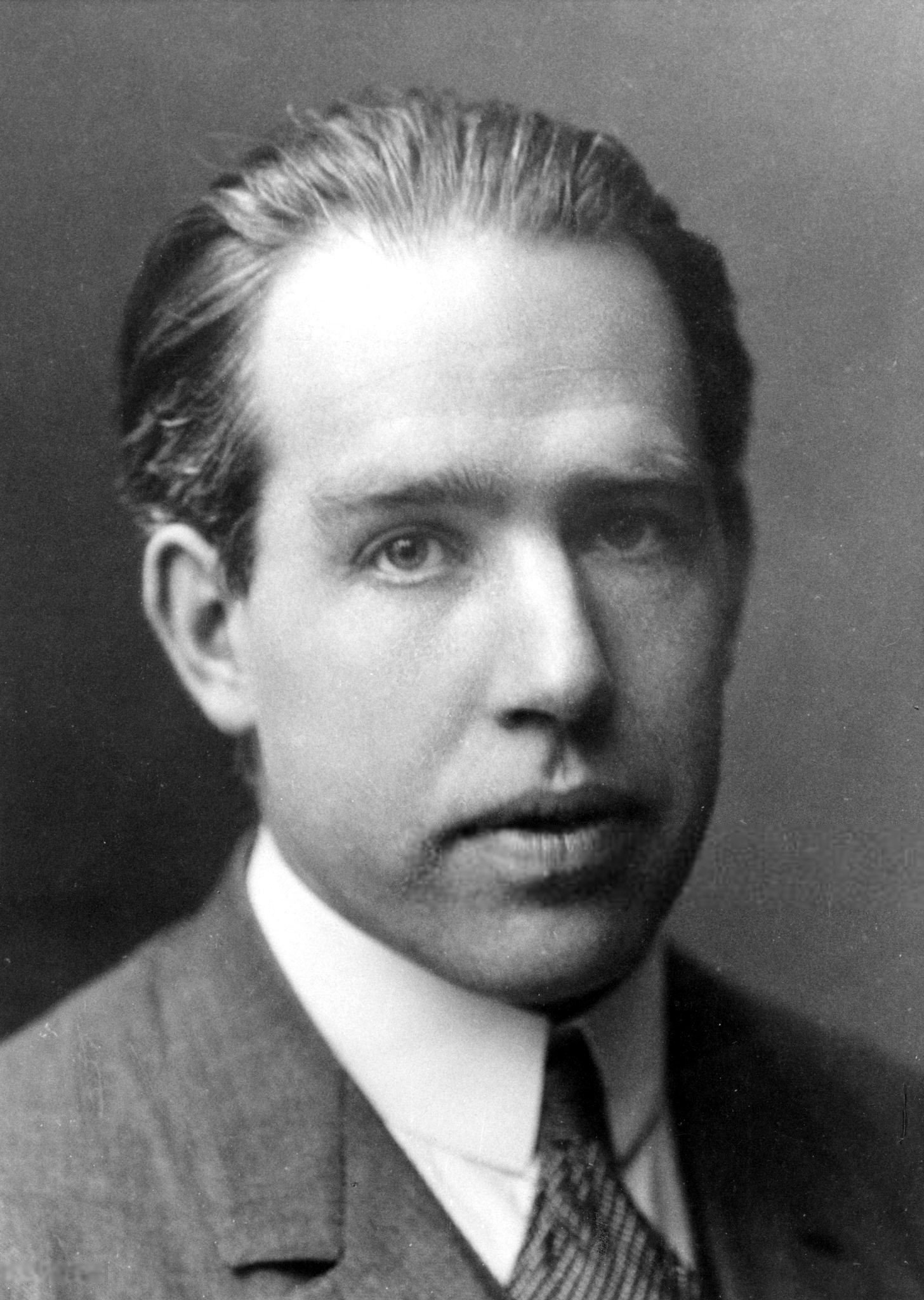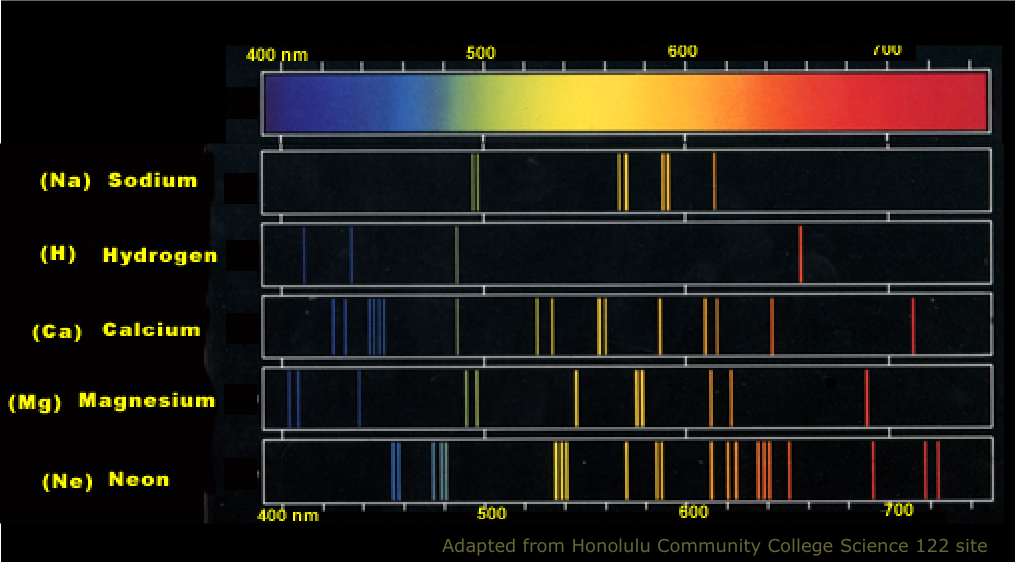Let's start with Halogens and Nitro compounds
Well it is not rocket science, they include HALOGENS (fluorine, chlorine, Iodine, and bromine), and Nitro (NO2).
When they are written in a reaction, we use the prefix of the word with -o as a suffix. Example: Fluorine becomes Fluoro, Bromine becomes Bromo, etc...
An example of an organic compound with Halogens is this :
Cl
|
CH=C-CH2-CH3
|
Cl
1,2-dichloro-1-butene
the di is used because we have 2 Chlorine atoms
Here is another example :
H F
| |
2HF + CH3-CH=CH-CH3
| |
F H
ALCOHOLS
alcohols are the second functional group that can bond with hydro-carbons. It is evident by using the compound hydroxide (OH). And instead of using the regular suffix for the name of the compound like propANE, we will replace it with -ol; so it becomes propanOL!
The four most common alcohols are:
CH3OH methanol | CH3CH2OH ethanol | CH3CH2CH2OH 1-propanol | OH | CH3CHCH3 2-propanol |

ALDEHYDES & KETONES
Aldehydes and Ketones are kind of similar, especially when it comes to their properties. But they differ in the position of the oxygen double bond.
In aldehydes, the double bond between carbon and oxygen is on one of the ends of the reaction.
| Aldehyde | --> | CH3CHO (acetaldehyde) |
In aldehydes, we use the same prefixes but we change the suffix. So indtead of using the standard -ane or -ene or -yne, it ends with -al. So instead of saying octane, we say octanAL!
Ketones differ only in the fact that they are present soemwhere in the middle of the reaction, not on the ends.
| Ketone ---> | CH3COCH3 (acetone) |
The same prefixes are used again, but with different suffixes. In this case, the word is going to end with -one. So nonane will become nonONE!!








 This is the Lewis structure of CH4.
This is the Lewis structure of CH4.


